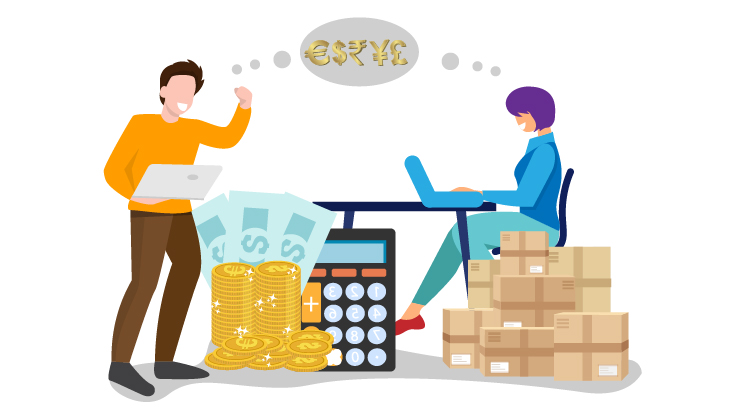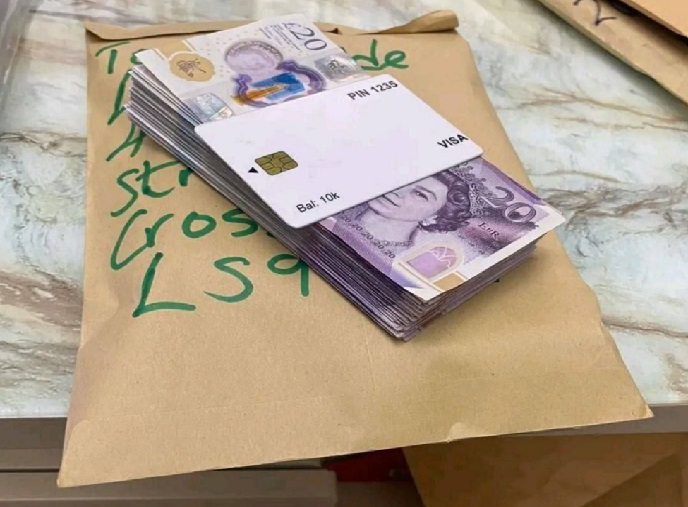Retirement is a significant milestone in life. It’s a time to relax, pursue hobbies, and enjoy the fruits of your labour. However, ensuring a comfortable retirement requires careful planning and financial preparation. In New Zealand, a variety of retirement plans are available to help you achieve your retirement goals. Here are some of the best options for 2024.
Understanding Retirement Plans
Before diving into specific plans, it’s essential to understand the basics. A retirement plan is a financial instrument designed to accumulate funds for your retirement. These plans can be employer-sponsored or self-funded.
- KiwiSaver: a government-mandated retirement savings scheme, is a valuable tool with many providers such as Fisher Funds, Simplicity Kiwisaver and the Nikko Goalsgetter Kiwisaver Scheme. By contributing regularly and investing wisely, individuals can increase their financial security in their later years.
- Employer-Sponsored Retirement Plans: Often tied to your employment and may include contributions from your employer.
- Self-Funded Retirement Plans: These plans involve investing your own money, such as through shares, bonds, or property.
KiwiSaver: The Cornerstone of Retirement Planning
KiwiSaver is a compulsory retirement savings scheme for most New Zealand residents. It requires you to contribute a portion of your income to a KiwiSaver fund. Your employer may also contribute to your account. The government also provides a member contribution tax credit.
Key benefits of KiwiSaver:
- Government contributions: The government contributes to your account, boosting your savings.
- Tax benefits: You can claim a tax credit on your contributions.
- Investment options: You can choose from various investment options, ranging from conservative to aggressive.
- Flexibility: You can withdraw your funds under certain circumstances, such as for a first home or a life event.
Employer-Sponsored Retirement Plans
Many employers in New Zealand offer retirement plans to their employees. These plans often involve employer contributions and may include additional benefits, such as life insurance or disability coverage.
Key considerations:
- Employer contributions: The level of employer contributions can vary significantly.
- Investment options: The investment options available may be limited.
- Portability: If you change jobs, you may be able to transfer your funds to a new plan.
Self-Funded Retirement Plans
If you want more control over your retirement savings, you can consider self-funded options. These can include investing in shares, bonds, property, or other assets.
Key factors to consider:
- Risk: Investing in assets can involve risks, such as market fluctuations.
- Knowledge: You’ll need to have a good understanding of investments to make informed decisions.
- Time horizon: Your investment strategy will depend on your time horizon until retirement.
Choosing the Right Retirement Plan
The best retirement plan for you will depend on your circumstances, including your income, age, and risk tolerance. It’s essential to consider the following factors:
- Fees: Compare the fees associated with different plans.
- Investment options: Ensure the plan offers investment options that align with your risk tolerance and financial goals.
- Flexibility: Consider how flexible the plan is in terms of contributions, withdrawals, and changes to your investment strategy.
- Tax implications: Understand the tax implications of different plans.
Additional Tips for Retirement Planning
- Start early: The earlier you start saving for retirement, the better.
- Diversify your investments: Don’t put all your eggs in one basket. Spread your investments across different asset classes.
- Review your plan regularly: Your circumstances may change over time, so it’s important to review your retirement plan regularly.
- Seek professional advice: If you’re unsure about retirement planning, consider consulting with a financial advisor.
By carefully considering your options and taking proactive steps, you can increase your chances of enjoying a comfortable retirement in New Zealand.






